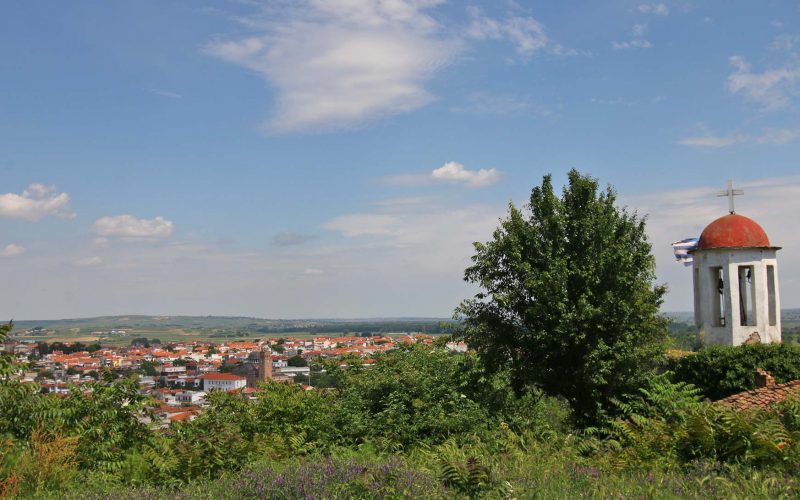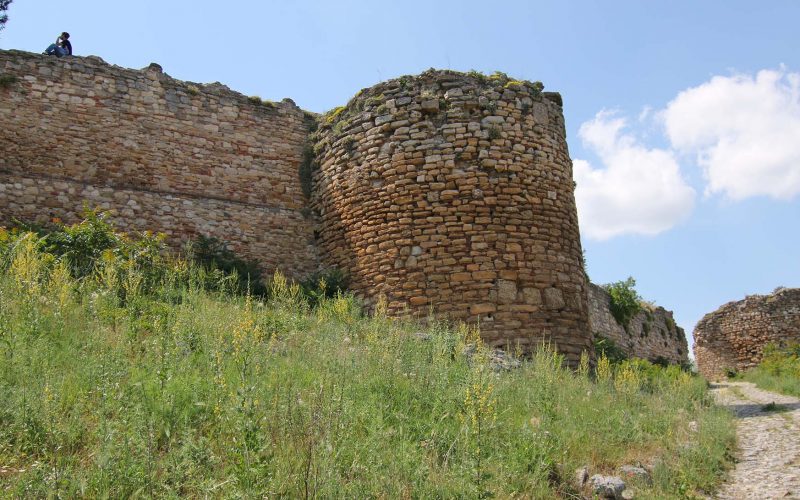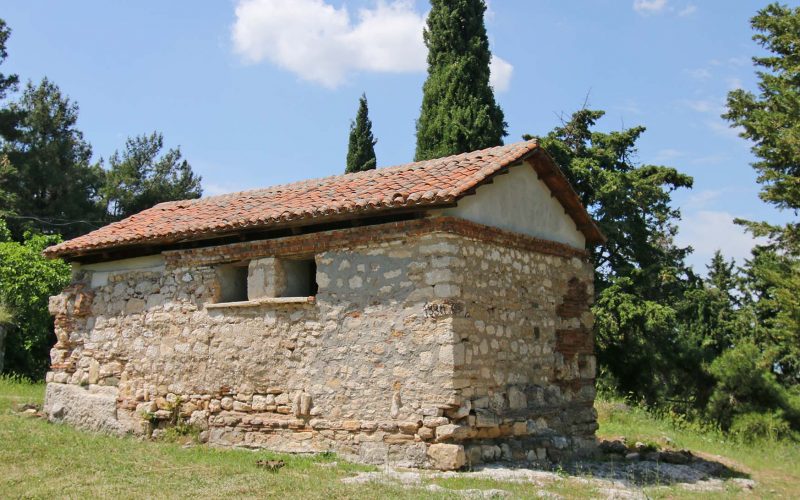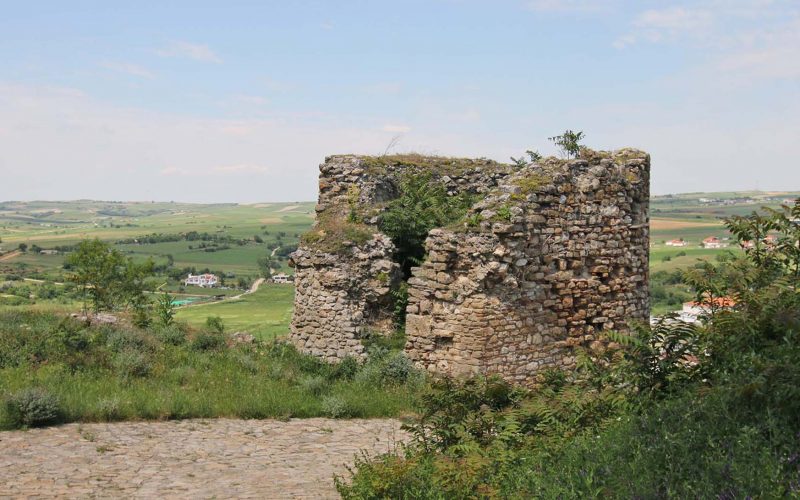A historic town build right over Erithropotamos (Red River) a branch of River Evros. The city is possibly named like that (Didimoticho means Twin Walls) because of a double byzantine wall during the Byzantine Empire, or the fact that the area has two walled towns Kastro (Castle) and Agia Petra (Saint Rock). During the Byzantine years Didimoticho was a diocese and it still has monuments of that era. It was the birthplace of Emperor of Nicae, Ioannis Vatatzis the 3rd (1222-1254) and Ioannis Paleologos the 5th (1341-1347). It was also the city in which the coronation of byzantine emperor Ioannis Katakouzinos the 6th took place. The importance of this city is such that it has even been a temporary capital of the Byzantine Empire in 1325 during emperor Andronicus the 3rd, as well a temporary capital of the Ottoman Empire (before 1453).
It was annexed to the Greek state in 1920 with the Neuilly Treaty. It’s long history is well preserved today, its walls, the Agia Ekaterini Church, the Metropolitan Church of Agios Athanasios, the Church of Jesus Christ etc. Next to the Metropolitan Church are two caves, that are said to have been the prison of King Charles of Sweden when he was captured by the Ottomans. The city also has the Large Mosque (Megalo Tzami) build in the 14th century as well as the 16th century Baths of Feridum Ahmet Bei and the Baths of Orutz Passah (or the Baths of Love). There is also a Folklore Museum in the city, as well as seperate Folk and Zoological Museum at the nearby village Neoi Psathades, created by the teacher and priest George Komnidis. There’s also a dome tomb from the 4th centure BCE in Elafohori and in Pythio -also nearby- you may find the ruins of a Byzantine castle, as well as the ruins of a prehistoric settlement. Nearby is also the beautiful Tsiggla Forest and the Metaxades village full of traditional thracian architecture houses.



